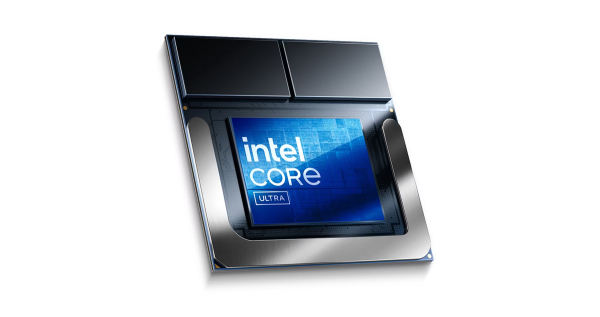In recent years, Intel has ceded a lot of CPU market share to AMD and Apple and is now even facing unexpectedly strong headwinds from the ARM segment in the laptop segment. Many analysts see the main cause of Intel's problems in its own production processes, which are currently lagging far behind the market leader TSMC in terms of technology - but still want to be fully utilized.
For this reason, Pat Gelsinger, the CEO appointed to rescue Intel, has been making a risky maneuver for the past three years in order to get the company's own production back on a competitive course on the one hand and to prevent its own processor development from falling behind on the other.
The Lunar Lake CPUs presented yesterday at the IFA can be admired in this light. On the one hand, they show the current state of Intel's processor development and, at the same time, were manufactured by competitor TSMC. And even in a more modern process than the current AMD competitors (3nm vs. 4nm).

There are no independent benchmarks yet, but Intel's announcements don't sound bad. The new processor series should be at least on a par with Qualcomm and AMD (depending on the benchmark). Intel is also using the tricks of the competition for the first time (e.g. soldered-on, particularly fast  LPDDR RAM).
LPDDR RAM).
In short: Intel is once again a force to be reckoned with, but the fun doesn't seem to be cheap here either. If only because TSMC's production is likely to be significantly more expensive for Intel than its own. That's why prices for laptops with the new Intel processors will start at over 1,000 euros, just like Qualcomm. And this naturally makes AMD and Apple devices appear much more attractive in a direct comparison.

